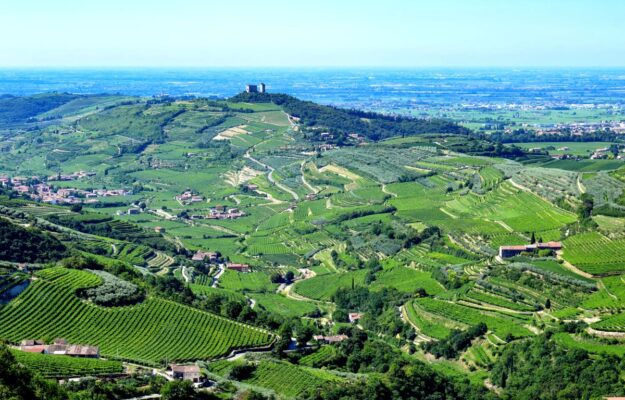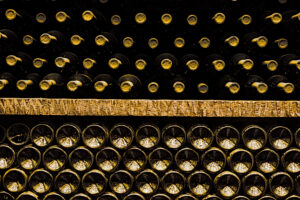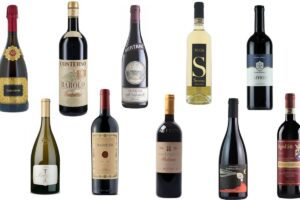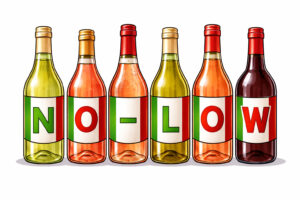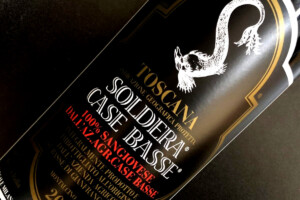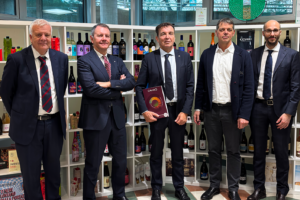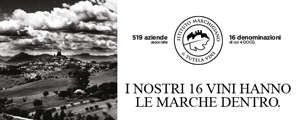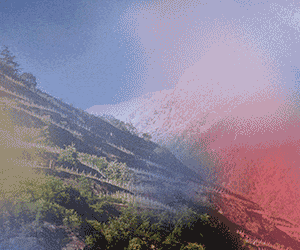Zoning is the key word that has allowed wine to take a new leap forward in the name of quality and identity, in the territories of the myriad of Italian wine denominations. And now, the producers of Valpolicella wines, one of the most prestigious denominations in Italy, are excited to take another step forward and make the most of the different nuances in the territory - especially the eastern valleys, where two aggregates of producers have been established in Val Squaranto and in Val Mezzane - and to engage in a dialogue with the Consortium. The path will give even more value to the many important Italian wine denominations. In Valpolicella, this will translate into defining sub-areas referring to the valleys that cut across the territory of the four denominations (Amarone, Valpolicella, Recioto and Ripasso, ed.) from North to South.
The choice of subzones, and not UGA - Additional Geographical Units (whose production rules are similar to those of the specifications) - actually dates back to some time ago, when the Consortium established the “Valley Commission”, and had commissioned a cartographic mapping of the entire production territory to the expert pedologist, Giuseppe Benciolini. The presentation of the study was held recently at the conference organized by the “Valsquaranto” Association, chaired by Antonia Pavesi. The Association brings together six organic wine-growing companies from the valley of the same name. The Consortium has made a clear choice to create a further “step” on the quality pyramid of Valpolicella reds, based on specifications for the individual sub-areas. These will have the name of the Valleys, and more restrictive rules, thereby subjected to a complicated process.
“It was necessary to give a concrete response to the territory’s growing need to enhance all the production areas of the Valpolicella Denominations”, Christian Marchesini, president of the Valpolicella Wine Consortium, said, “starting in the West from Sant’Ambrogio, and ending in Cazzano di Tramigna. There are 19 Municipalities within the denomination, and there will be 13 sub-areas when the entire path is completed. The process of defining the “Valpolicella Valleys” had started years ago through the work of a commission created specifically for this purpose. We commissioned a study from an experienced and authoritative professional, conducted on the basis of objective scientific assumptions, which identified a draft plan to be drawn up and studied in depth. It is now necessary to activate the process of discussion and interaction with the territory, to reach the consensus of a unanimously shared proposal to modify production regulations. The complex bureaucratic process that will lead to acknowledging the Valleys in the production regulations will require Ministerial and community scrutiny, and therefore, also very long administrative times. The road ahead is long, and uphill, but the Valpolicella Consortium and the Vallate Commission will proceed to work on the project with expertise and commitment”.
The study is being carried out by Benciolini and is based on mainly geomorphological criteria. Identifying the various hydrological basins corresponding to the Lessine valleys made use of photo interpretation work, analysis of satellite images and the trend of the level curves on the Regional Technical Map of the Veneto. The objective was to unequivocally identify the watershed lines of the ridges characterizing the territory that slopes down from the lower Lessini Mountains towards the plain. “The cartographic study of the Valleys carried out on behalf of the Valpolicella Consortium”, Giuseppe Benciolini explained, “is a starting point, a hypothesis of subdivision constituting the basis on which to discuss a complicated, and hot, topic in the denomination. Each Valley has the same characteristics found throughout the Valpolicella DOC territory, but then, each also has particular specificities. For instance, in Val Squaranto, the hilly reliefs lift up differently and are more accentuated towards the East. This means the western side of this Valley resembles a little bit more the western part, that is, from Valpolicella Classica up to Valpantena. The eastern side, instead, is definitely more similar to the valleys in the east, Marcellise, Mezzane, Illasi, Tramigna”.
The “Vignaioli Valle di Mezzane” group indicated their enthusiasm and esteem towards the “Valsquaranto” association, and is satisfied.“ The strong cohesion is an important signal among the various players of the Valpolicella DOC”, we read on their social networks, “which pushes us to pursue with more enthusiasm and determination the objectives and values on which the group is based, which are the future definition of the sub-areas and valorizing the Val Mezzane territory where our 13 wineries are located”.
IDEAS FOR THE FUTURE
Copyright © 2000/2026
Contatti: info@winenews.it
Seguici anche su Twitter: @WineNewsIt
Seguici anche su Facebook: @winenewsit
Questo articolo è tratto dall'archivio di WineNews - Tutti i diritti riservati - Copyright © 2000/2026










